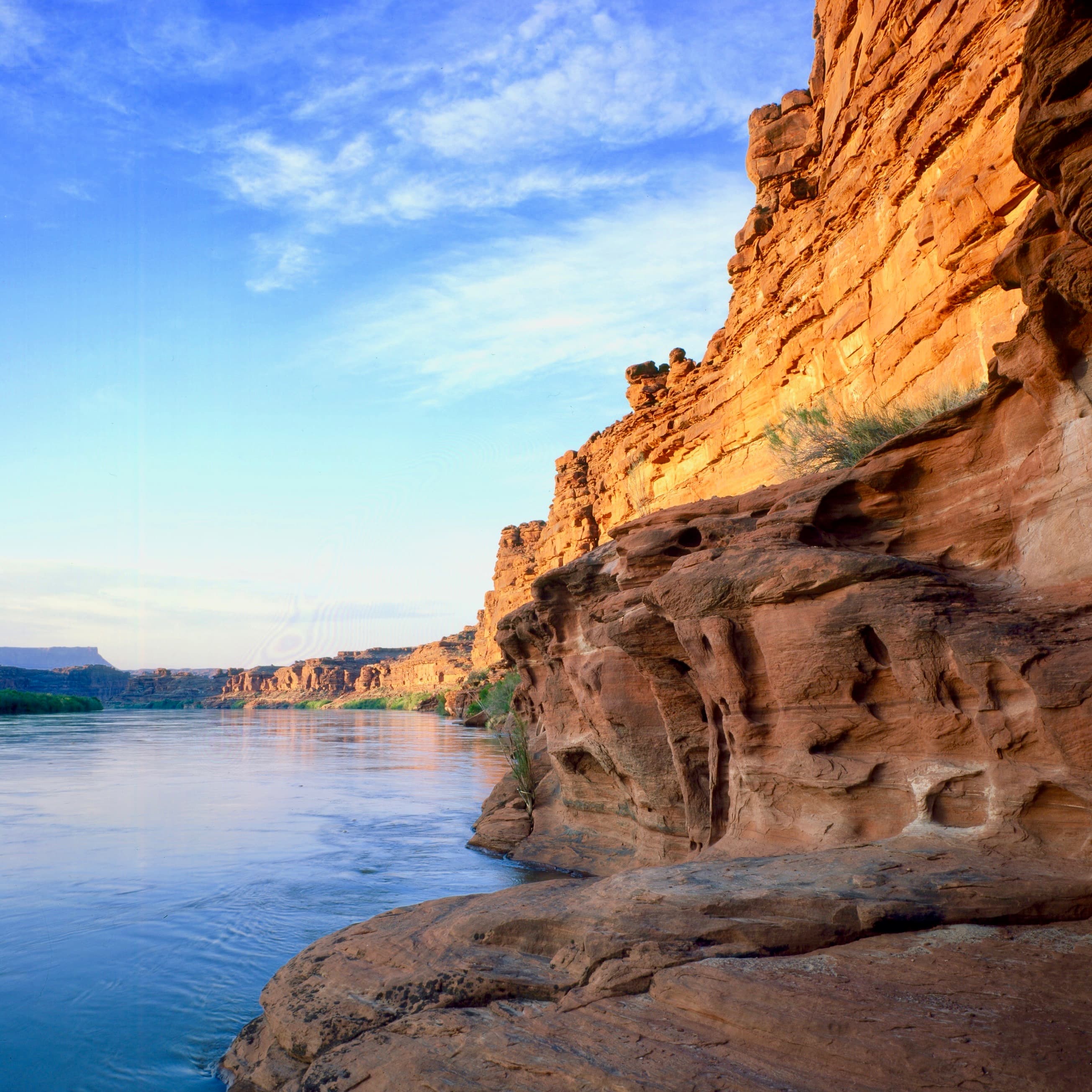AMWUA Blog
BY: Warren TenneyWater Transfers: Transporting Water in a Desert

In a dry land, water is the most precious of resources. So when you start talking about transferring water rights and moving large quantities of water from one region to another, the issues, headlines and rhetoric can get heated.
A case in point is a controversial effort by the Central Arizona Water Conservation District (CAWCD) to acquire 2,200 acres of farmland in Mohave County that come with Colorado River water rights. The Conservation District, which oversees the Central Arizona Project , is also responsible for the Central Arizona Groundwater Replenishment District. The job of the Replenishment District is to acquire water to replenish groundwater pumped for certain residential developments in Maricopa, Pima and Pinal Counties. These new and future developments are largely on the Valley’s outskirts, and outside the water service areas of the AMWUA cities.
CAWCD’s effort has sparked intense opposition in Mohave County. The county argues it needs the water in question to fuel its own future economic development. One prominent elected official in Mohave County wrote that this transfer is “part of a continual attack on the water rights and economy of rural Arizona.” The proposed transfer has raised similar concerns in Yuma County. CAWCD has seen this transfer as a means to secure water supplies for future growth in central Arizona. For a variety of reasons, the deal has not yet been finalized.
The proposed Mohave deal leads to a broader question: Are water transfers a real and responsible solution for Arizona’s water future?
Arizona’s lead water agency, the Arizona Department of Water Resources, reported in 2014 that water transfers could be a vital tool to meet the state’s water needs in the next 20 to 100 years. Transfers can increase supplies for both urban and rural communities, facilitating prosperity. In some cases, water transfers could encourage conservation. On the flip side, water transfers can have negative impacts on other water right holders, as well as the communities losing the water.
As water transfers return to the headlines, AMWUA recently released an analysis of the subject. The Transfer and Transportation of Water in Arizona looks at the history of water transfers in Arizona and categories of transfers. It talks about the impact of transfers and discusses what water transfers could mean for Arizona's future.
As AMWUA’s analysis points out, water transfers work best when everyone affected by the transfer knows the facts, has a chance to express themselves, and works together to address challenges. Arizona’s laws and administrative policies already do much to protect communities and water right holders from the impacts of water transfers—and that is a good thing. Many proposed transfers have strict application and approval requirements and public comment periods. The state limits moving groundwater over long distances and allows some water users to veto certain upstream river transfers. Although these and other protections are embedded in Arizona law, proposed water transfers are more likely to happen if everyone affected is protected in the process.
AMWUA's analysis of water transfers is intended to educate our members, elected officials, and the communities we serve, not to advocate any position. Water transfers raise important legal, social and political issues. This important topic deserves a full, frank and educated discussion - nothing more, nothing less.
For 49 years, Arizona Municipal Water Users Association has worked to protect our member cities’ ability to provide assured, safe and sustainable water supplies to their communities. For more water information visit www.amwua.org .
